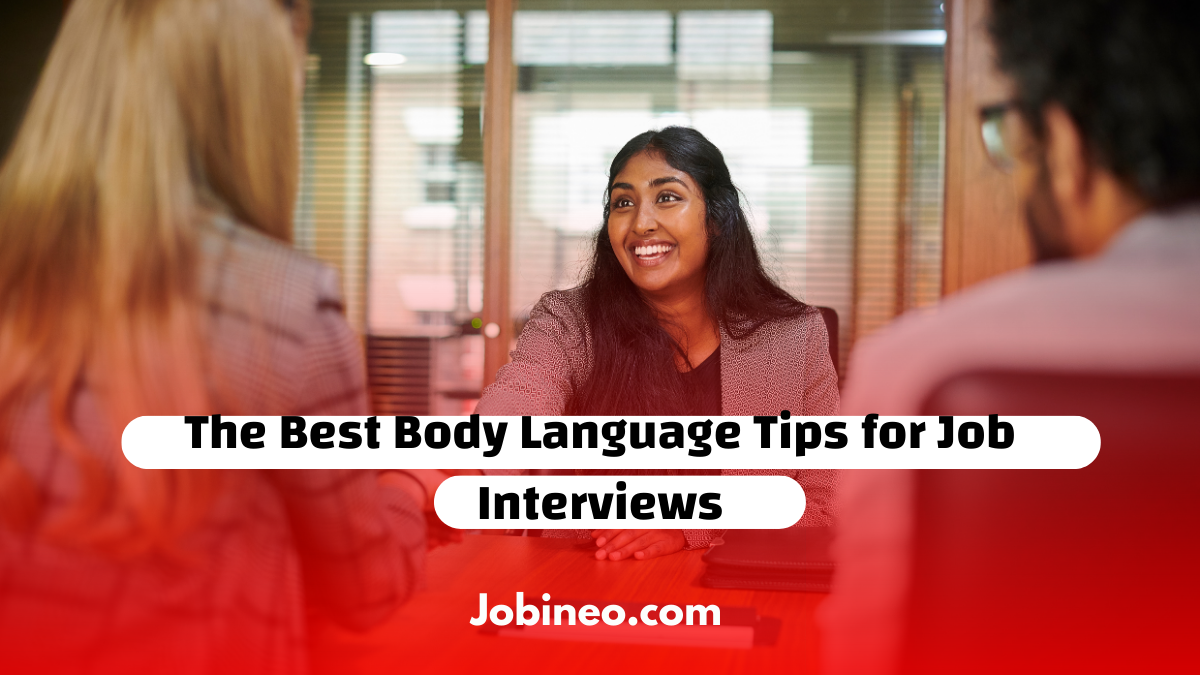The Best Body Language Tips for Job Interviews

Why Body Language Matters in Job Interviews
You’re ready to show what you’ve got. But here’s something many people overlook: your body often speaks before your mouth even opens.
Before you answer a single question, the way you walk in, how you sit, the warmth of your smile, even your handshake all of it is sending signals. Those signals can make the difference between leaving an impression that fades or one that sticks.
Think about it. When you meet someone new, you form an opinion long before they finish their first sentence. Interviews work the same way. The way you carry yourself sets the tone.
When your posture is steady, your smile is genuine, and your movements are calm, you naturally come across as capable and confident. Employers notice that just as much as the words you say.
How to Use Body Language in an Interview
Body language doesn’t have to be complicated. A few simple adjustments can completely change how you’re perceived.
First Impressions Count
From the moment you enter the room or join the video call, the way you carry yourself matters. Stand tall, offer a genuine smile, and if it’s in person, a polite handshake goes a long way. It shows you’re glad to be there.
Posture and Presence
Sit with your back straight, shoulders relaxed, and feet grounded. Leaning in slightly shows you’re engaged without looking tense. Good posture communicates confidence without you having to say a word.
Eye Contact
Eye contact builds trust, but it should feel natural. Look at the interviewer when they’re speaking and when you respond, but allow your gaze to shift occasionally so it doesn’t feel forced.
Hands and Gestures
Use your hands to support what you’re saying, but keep movements calm and controlled. Open palms suggest honesty and approachability. Avoid nervous habits like tapping, fidgeting, or crossing your arms, as they can send the wrong signal.
Common Body Language Mistakes to Avoid
Sometimes it’s not about what you do, but what you don’t do. Certain habits can unintentionally create distance between you and the interviewer.
Avoid slouching, folding your arms tightly, or checking your phone. Be mindful of mismatched expressions too. For example, smiling while describing a difficult situation can create confusion. The goal is to let your body language match the story you’re telling.
Adapting for Virtual Interviews
Even through a screen, body language still matters. Position your camera at eye level so you’re not looking down or off to the side. Sit where the lighting is clear and your background is tidy. When you speak, look at the camera lens rather than just the screen. It feels unusual at first, but it helps create the feeling of direct connection.
Ending the Interview Strong
Your body language should stay confident right to the end. Stand or sit tall, thank the interviewer sincerely, and if in person, leave with the same steady posture you had when you walked in. If the interview is online, maintain your focus until the call fully ends. These last moments are often remembered just as much as the beginning.
Final Thoughts
Body language is your silent ally. Your words explain why you’re a good fit, but your presence shows that you believe it. When the two work together, you leave behind more than just answers you leave an impression of confidence, honesty, and readiness.
So walk in tall, breathe deeply, smile warmly, and let your body do its part. You already have the skills now show that you also have the confidence to match.








